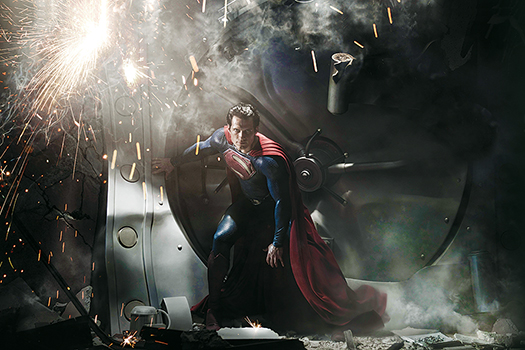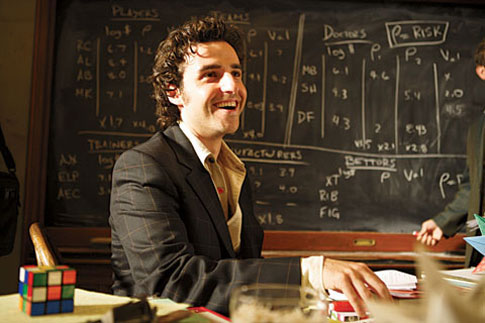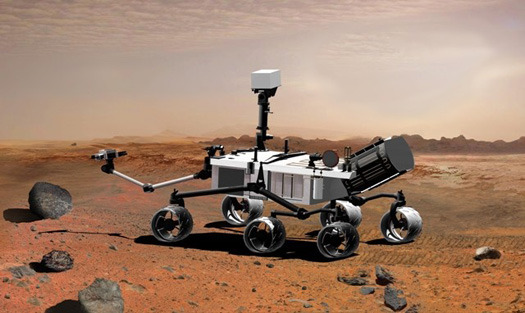

This summer there’s an excellent line-up of films full of mind-blowing technology. A stealth aircraft makes an appearance in X-Men: First Class, while the Green Lantern will travel between worlds using a ring that can open up wormholes. Although some of these gadgets remain far beyond the realm of possibility (at least for now), here’s the science behind Hollywood’s awesome line-up of wrist lasers, vibranium shields and X-jets.
Click here for the summer movie science smackdown.












